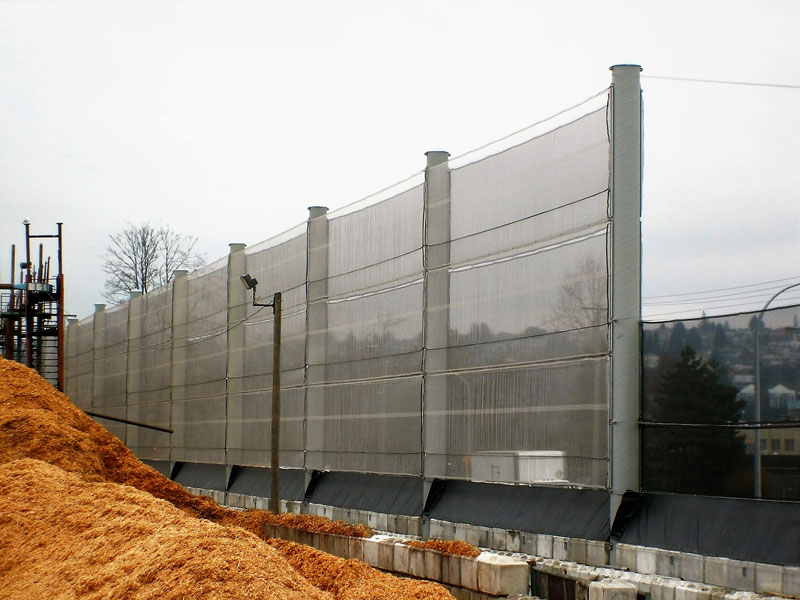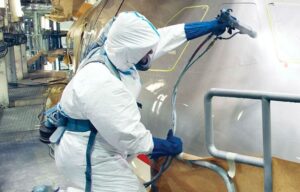The Role of Barriers and Fencing in Dust Control

Dust control is a critical concern in various industries, from construction and mining to agriculture and manufacturing. Effective dust management is essential for maintaining air quality, protecting worker health, and ensuring regulatory compliance. Barriers and fencing are vital components of dust control strategies, providing physical means to limit the spread of dust and mitigate its impact on the environment and surrounding communities. This post explores the significant role barriers and fencing play in dust control.
Understanding dust generation and dispersion
Dust generation occurs through numerous activities, such as excavation, drilling, blasting, and the movement of heavy machinery. Once airborne, dust particles can travel great distances, depending on the wind’s speed, direction, and topography. The dispersion of dust can affect air quality over a broad area, impacting not only the immediate worksite but also nearby residential areas, roads, and ecosystems. Understanding the mechanics of dust generation and dispersion is essential for designing effective barrier and fencing solutions. Whether employing temporary or permanent solutions, integrating barriers with other dust suppression methods from providers like bosstek.com enhances their effectiveness and provides a comprehensive approach to dust management.
Temporary fencing solutions
In many industries, temporary fencing solutions are essential for dust control, especially on dynamic worksites where operations are constantly shifting. Temporary fences are portable and can be quickly erected around specific dust-generating activities. These fences are typically made from lightweight materials like mesh or fabric, which are easy to handle and install. One popular temporary fencing option is the use of dust control screens or fabrics, which are specifically designed to trap dust particles while allowing air to pass through. These screens can be mounted on existing structures or freestanding frames and are highly effective in containing localized dust. Their portability and ease of installation make them ideal for short-term projects or areas requiring frequent adjustment.
The benefits of permanent fencing
Permanent fencing provides a long-term solution for dust control, particularly in fixed industrial sites, quarries, and agricultural operations. These fences are constructed from durable materials designed to withstand harsh environmental conditions and provide consistent dust control over time. Permanent fences can be tailored to specific site requirements, incorporating features such as angled sections to deflect wind and dust upward, reducing ground-level dispersion. The installation of permanent fencing contributes to a cleaner, safer work environment by continuously mitigating dust levels. These structures not only protect workers and equipment but also help maintain compliance with air quality regulations. Additionally, permanent fencing can enhance site security, controlling access and protecting against unauthorized entry.
Integrated dust control strategies
While barriers and fencing are highly effective, they are most successful when integrated into a comprehensive dust control strategy. Combining barriers with other dust suppression methods, such as water sprays, chemical suppressants, and proper site management practices, creates a multi-layered approach that addresses dust at its source and along its dispersion path. For example, using water trucks or misting systems can complement barriers by reducing dust generation during excavation or material handling. Regular maintenance of worksite surfaces, such as grading and compacting, also minimizes dust production. By integrating various dust control techniques, industries can achieve optimal results and ensure a healthier work environment.
Barriers and fencing play a crucial role in effective dust control across various industries. By physically limiting the spread of dust and reducing its dispersion, these structures help maintain air quality, protect worker health, and ensure regulatory compliance.








